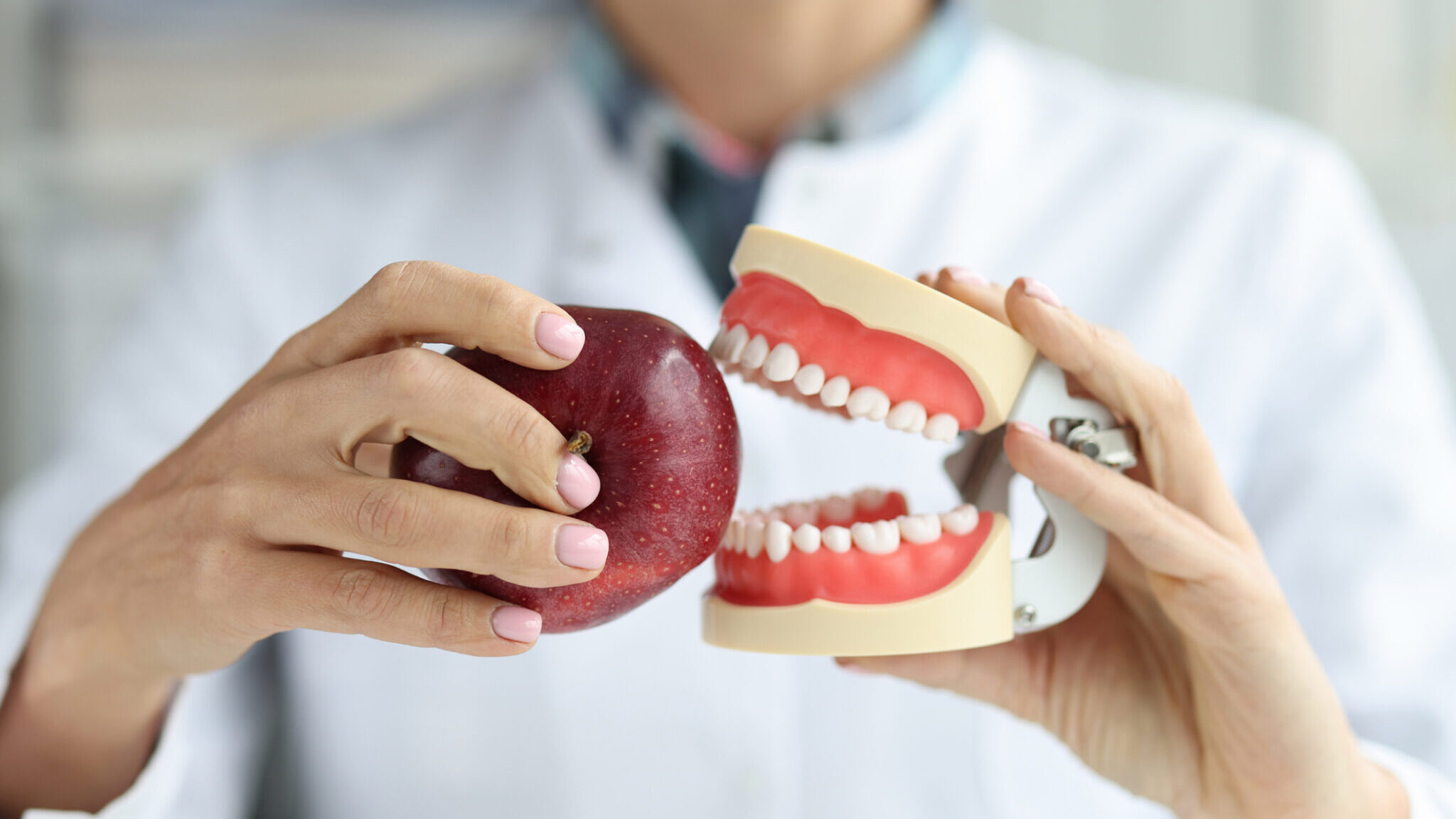 A recent article in the New York Times titled “The antidepressant generation” talked about the growing use of medication amongst the 18 to 29 year old cohort, to control depression. In 1994, about 9% of American students visiting their college healthcare centre were treated with antidepressants. By 2006, that had grown to 23%. A growing number of young adults are taking these medicines for longer periods of time. As the article pointed out, that is because mood disorders are recurrent (half of those with a first episode of depression will experience another) and because taking antidepressants is more accepted.
A recent article in the New York Times titled “The antidepressant generation” talked about the growing use of medication amongst the 18 to 29 year old cohort, to control depression. In 1994, about 9% of American students visiting their college healthcare centre were treated with antidepressants. By 2006, that had grown to 23%. A growing number of young adults are taking these medicines for longer periods of time. As the article pointed out, that is because mood disorders are recurrent (half of those with a first episode of depression will experience another) and because taking antidepressants is more accepted.
The Physician’s Desk Reference reports that reduction in salivary flow happens in about 3% of those patients on antidepressants. That may not seem a significant side effect for folks who are feeling blue. But studies have shown patients on antidepressants have a higher rate of dental decay than those who are not taking any medication (source #1 below), and when antidepressants are taken with anti-hypertensive medications, the increment of root caries was more than twice that of a non-medicated person (source #2).
Outside of antidepressant use on college campuses, do we see a similar increase in medication use amongst the general adult population?
The most relevant study on that topic is provided by Leitch et al (source #3) because it analyzed patients sitting in the waiting room of dental practices. In 2005, 15.4% of all patients were taking 3+ drugs per day, up from 2.2% in 1984. Letich’s statistics are from the U.K. but they would apply to Canadian waiting rooms.
So it is not just the antidepressant generation as described in the New York Times. Rather, it is the multiple-medication society.
And there are significant consequences on dry mouth, on the prevalence and rates of dental decay, and on what services the patient needs and wants in the waiting room.
Sources:
1. Rindal DB et al. 2005. Antidepressant xerogenic medications and restoration rates. Comm Dent Oral Epidemiol., 33: 74-80
2. Singh M et al. 2005. Root caries increment in a medication induced salivary hypofunction population. AADR Abstract 1472.
3. Leitch J. 2007. Patients’ prescribed drugs: 20 years of changes. British Dental Journal, 203: 200-201.
For more information please visit www.partnersinprevention.ca
Sourced: By Ross Perry – http://partnersinprevention.ca/the-antidepressant-generation/












